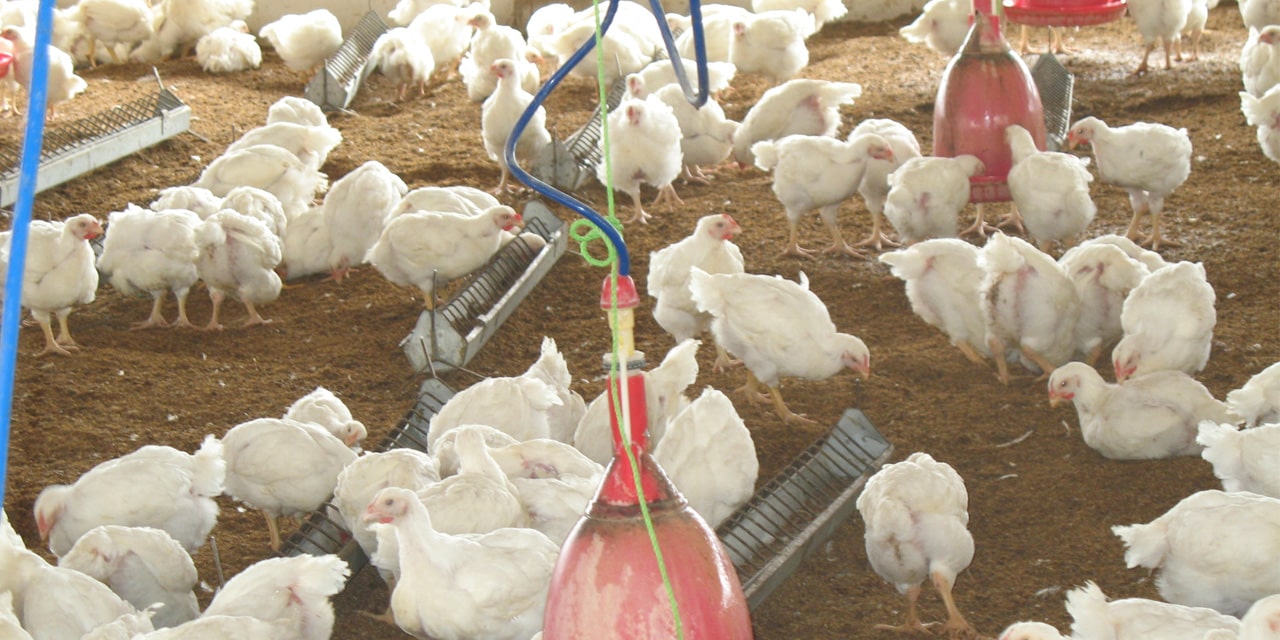Hanks Saisai
Farming is an activity that primarily focuses on the production of food and fiber inclusive of commodities such as wool and cotton for example. In Namibia, chicken farming is an emerging venture that is on the rise with a focus on producing table eggs and meat to supplement the daily protein needs of many households.
For one to farm successfully with chickens for either egg production (layers) or meat (broilers), it is of great importance to implement a certain production system. By definition, a chicken production system is the way or method in which chickens are kept and raised in order to produce eggs or meat in a specific period.
Chickens can be reared in one of the following production systems; free-range, semi-intensive and intensive. In most rural areas of Namibia, the free-range production system is commonly practiced.
In this system, the farmer‘s responsibility is to buy the chickens and he/she does not have to provide them with shelter. The chickens must find their own shelter, normally they sleep in trees, old houses or any place that seems safe and they must find their own food and water. In this type of system, the farmer has no form of management, as his/her chickens are not vaccinated against diseases or parasites.
This production system has the least costs of production, but because the chickens are not cared for, their productivity is also very low. Moreover, this system is also very risky as the chickens are vulnerable to disease outbreaks and parasites. Furthermore, free-range systems are not good for egg production as the chickens may lay eggs wherever they find themselves and dogs may consume the eggs before they are collected. Further to this, the chickens are also vulnerable to predators and theft.
The second chicken production system is known as the semi-intensive production system (modern free range), in this system the farmer is responsible for providing his/her chickens with housing, water, feed and on an occasional basis the chickens receive medical attention when necessary. In this system, a roaming area is constructed around the chicken house so the chickens can wander around during the day to look for additional food. This system provides protection against predators, theft and parasites to a small extent.
The third and last production system for farming with chickens is known as the intensive production system. With this system, the chickens are kept indoors for the full production cycle and it is the farmer‘s responsibility to ensure that all inputs (shelter, feed, water and medical attention) are provided throughout. This system is normally implemented when one engages in commercial poultry production operations.
The farmer must implement production practices such as cleaning of the house, replenishing the feeders and drinkers with fresh and clean feed every morning and evening. Moreover, in this type of system, the farmer must ensure adherence to regulations or standards set by the poultry association such as the mandatory vaccination of chickens against notifiable diseases (Newcastle Disease, Infectious Bronchitis and all other diseases) to be able to have access to formal markets.
In conclusion, whichever type of production system you decide to adopt, your inputs, as a farmer will determine the output of your chicken farming operation. Therefore, for each system you undertake please ensure that it enables your poultry enterprise to be productive and profitable.
• By Hanks Saisai, Technical Advisor: Crops & Poultry




